Introduction
Shooting in black and white is an art. When shooting in colors you try to eliminate shadows from your photos by using a second light source or a flash, you consider shadows as a defect, but for B&W you take that defect and turn it into an amazing “painting”. Another aspect is texture when shooting in colors you work hard to soften the texture of your portrait photo, but also in B&W you do the opposite, you try to emphasize the texture and make a beauty out of it.
If a scene isn’t very colorful or doesn’t have interesting colors, it is difficult to make a good photograph. However, a black and white photo is less discriminating if the light isn’t very good, black and white is better able to distill the essence and emotion of a scene. Black and white disregards light, colors, and other distractions to the eyes.
In black and white photography you are trying to capture raw emotion in the scene, a gesture, a facial expression, or a feeling that is hard to put into words.
Finally, Black and white photography isn’t “better” than color (or vice-versa). They are just different ways we can capture and communicate our feelings about the world.
Tips for shooting in black and white
-
Look for the contrast
The best black and white photos usually have some portion of the photo that is near to pure white, and some portion of the photo that is near black. This increased contrast adds interest to the scene.
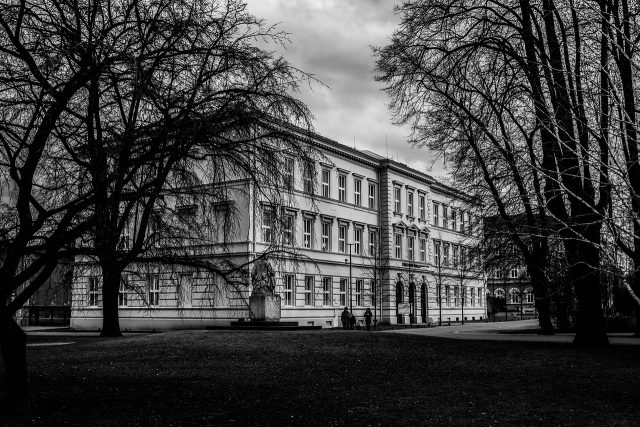
-
Find lines, shapes, and form
Scenes that have strong lines, geometric shapes or forms make amazing subjects for black and white especially when the scene has a reasonable contrast between its elements.
Patterns or shapes that can sometimes almost go unseen in color (due to the color itself drawing attention) can come alive in a black and white shot. Black and White shots that rely upon pattern can often take on an abstract quality.
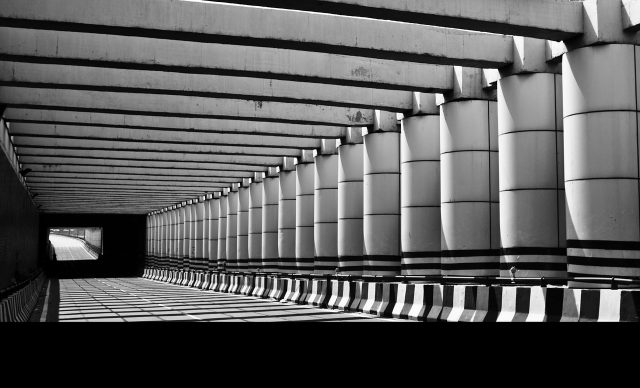
-
Capture Texture
Revealing the texture of a subject can add a new dimension to an image. The sidelight does this by creating shadows. As long as the texture is not front-lit, it will show a contrast in fine details, which makes it a compelling subject for black and white.
-
Shoot at the suitable light
Black and white give the photographer the freedom to take photos in all sorts of lighting conditions. The best light is still created by the sun when it’s low in the sky. But with black and white, you can also take photos during the middle of the day and on overcast days, which are difficult lighting conditions for color photography.
There is an interesting saying “Photography is the painting with light”, the quality of the light determines the quality of the photo.
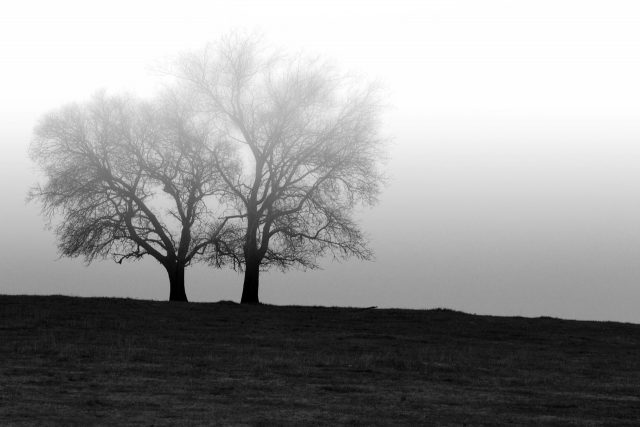
-
Find a wide range of grays.
Having white and black in the image will help add interest to a picture, but if other areas do not have a wide range of varying tones of gray, the photo will most likely look dull. You can achieve a wider range of grays by using flash to throw highlights and shadows over certain areas of the photo.
-
Use filters
The polarizer filter can be used, unconventionally, to darken the sky, which in B&W creates big-time black drama. When shooting around reflective surfaces such as water or leaves, use a polarizer to cut the reflections of the sun’s light. When color is removed from the photo, these specular highlights can be distracting the overall composition.
-
Be aware of the noise
Because most B&W photos are taken in low light conditions, you are tempted to increase the ISO setting and this may increase the noise in your photo. But With the outstanding low light performance of modern DSLR cameras, in addition to the noise removal programs at our disposal, photographers are used to getting away with noise.
-
Use negative exposure compensation
Try to experiment shooting in extremely bright light (mid-day), and set your exposure compensation setting to -1, -2, or -3. See how this affects your final image. Effectively what you are trying to do is totally blackout the background, and only light up your subject. You will be amazed at how much drama this can add to your images.
-
Use a flash
Often the problem with shooting high-contrast black and white is that you can’t see much in the shadows. Put your camera to “P” mode and experiment using a flash.
-
Shoot in Raw
Using the raw file format for saving the photo file is recommended for post-processing because it contains all and the full information of each pixel in the photo, so the post-processing is much easier.
-
Use HDR (If you have it in your camera mode)
Newer DSLRs offer a built-in HDR mode that merges three exposures in-camera.
So what isHDR[popup_anything id=”9359″]?
High dynamic range imaging is a technique that allows for a greater dynamic range than a camera could achieve in a single frame. It combines detail from the brightest and darkest parts of a scene, without having to sacrifice one for the other.
To shoot in HDR, you need three or more exposures at incremental differences, so all parts of the scene are correctly exposed across the range of frames. The files are then merged and ‘tone-mapped’ to reveal detail, add contrast and create a hyper-real HDR look.
-
Use HSL (Hue-Saturation-Luminance) in post-processing
The last black-and-white tip is probably the most important. When post-processing a black and white, you absolutely MUST tweak the colors in the HSL panel in Photoshop or Lightroom. The HSL letters stand for Hue-Saturation-Luminance. What makes the HSL panel so powerful is that it allows you to control different colors independently. HSL adjustments will enable you to brighten or emphasize specific saturation, and control the hue of only certain colors. Like working with black and white? Then you should definitely make use of the HSL panel, and take your black and white conversions to a whole new level,
Subjects for Black and White Photography
Elderly people, with wrinkled and time-worn skin, are wonderful subjects for black and white.
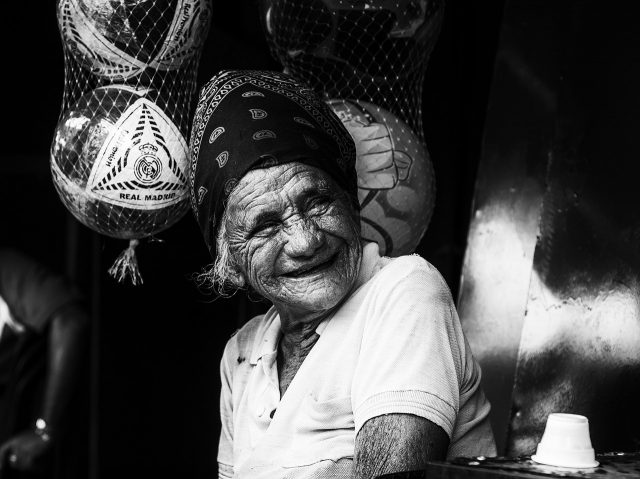
Black and white is a very effective tool for taking wonderful landscape photos. It draws attention to the shapes and forms of the components within the landscape, and the quality of light.

Towns and cities are full of both old and modern architecture; they are good subjects for B&W photography.


-
Long shutter speed photography
The B&W technique can be used for long shutter speed photography.
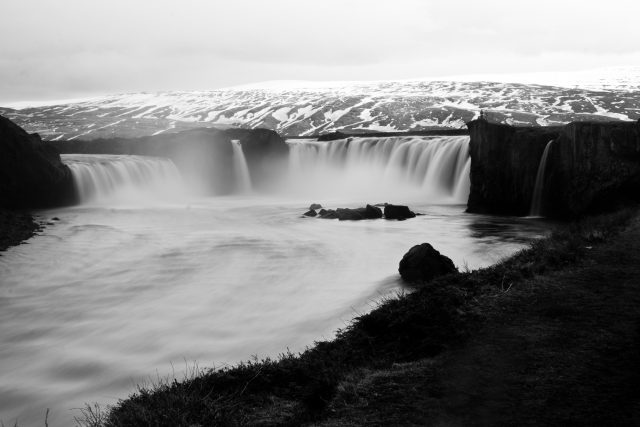
-
Travel and Street Photography
Travel photography is about capturing the memory and emotion of a place that you’ve visited. Black and white photos have a timelessness that is suitable for travel.
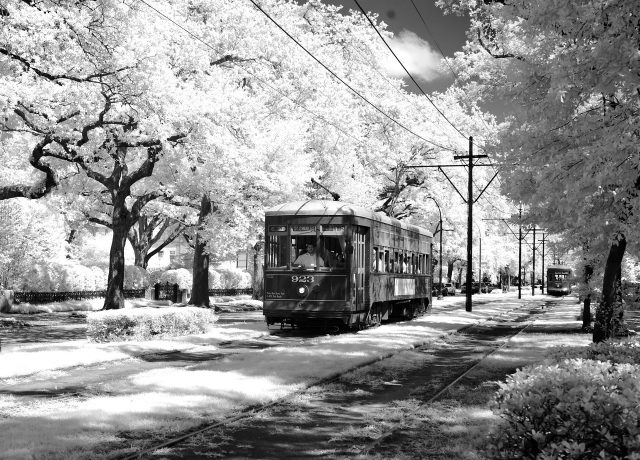

Thanks for reading, hope you enjoy the post and found it useful if you have any questions or need any further clarification please comment on the box below.
If you enjoy the site, don’t forget to subscribe, we will only inform you when a new article is posted.

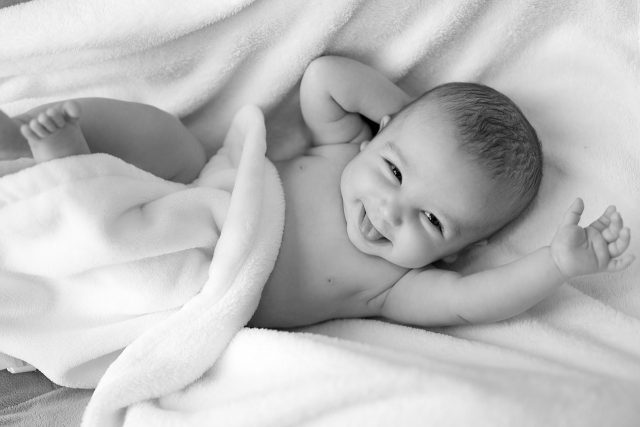



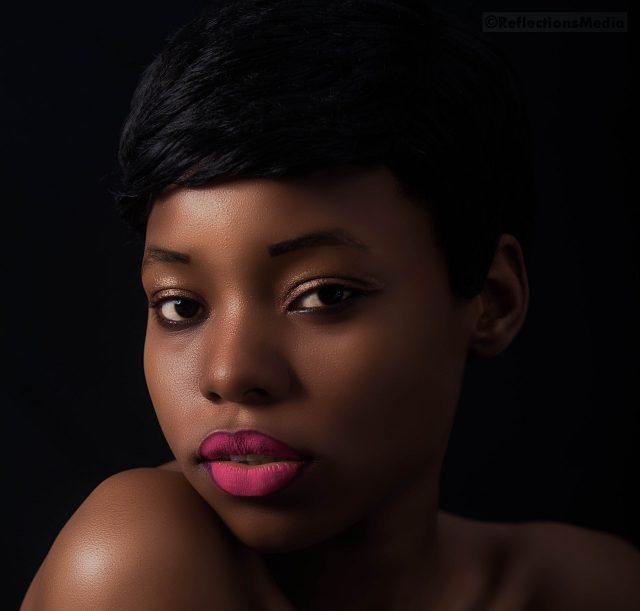


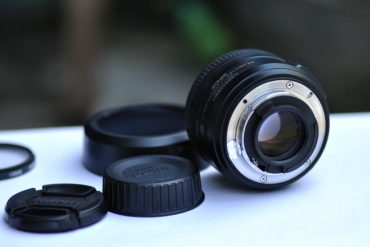
I actually process almost 80% of my photographs as black and white. Most of my work though is dance and boudoir and I like the drama of black and white plus for boudoir I feel that black and white gives the entire scene a more sensual feel. With dance black and white shows the power of ballet dancers together with the lines of their body.
Usually I shoot with a single main light and a small fill light – this is not to remove shadow but to enhance the 3 dimensionality of the subject.
I agree with you, shooting B&W of ballet dance and boudoir scenes is quite appropriate, and give a lot of emotion. As for the lighting, There is an interesting post about lighting techniques, you may check it Here
Very well written article. Though I absolutely love colours, in some cases black and white photography really is nicer to look at, taking away distractions and making the picture look neat and clear.
Today with digital photography we also have the big advantage of being able to swap from colour to black and white photography without having to swap films or cameras.
Hi Jojo
Thanks for reading the post, The B&W photography seems to have the same effects on me as the old songs and music do to me. Have a nice day.
Wonderful information and thank you.
It is great to see that in a world with modern technology that Black and White has not been forgotten.
Only a few days ago I was with my Grandparents and they were showing me family photos of old, and the black and white really does give them that important feeling.
I think this is sometimes lost with the technology of today. Do you agree?
Thanks, very interesting!
Chris
Hi Chris
I agree with you, B&W photos bring back a lot of amazing memories. I am a fan of B&W photography, it certainly brings lovely emotions to me, and I think it will remain for good. Glad for your comment